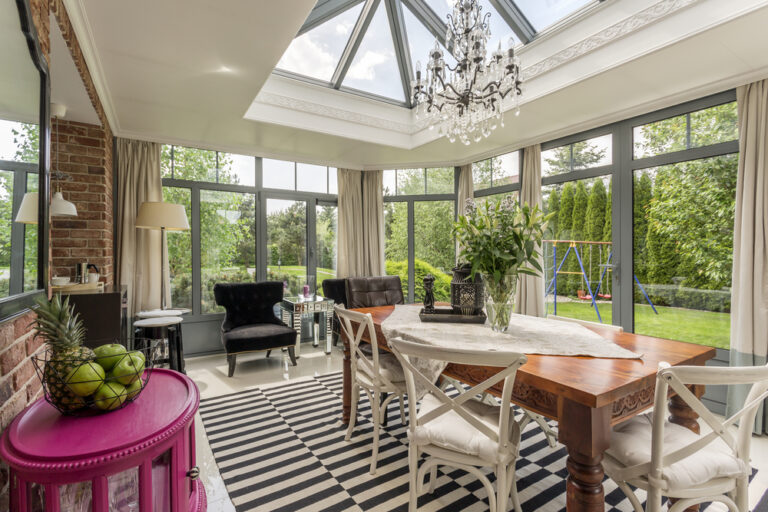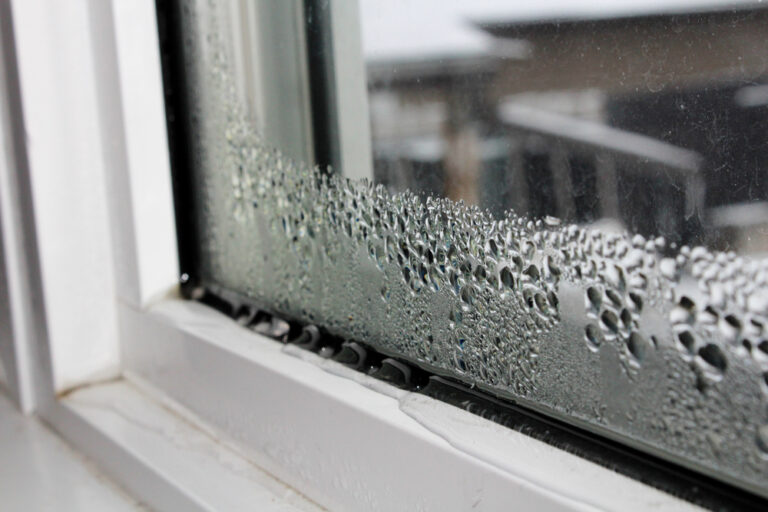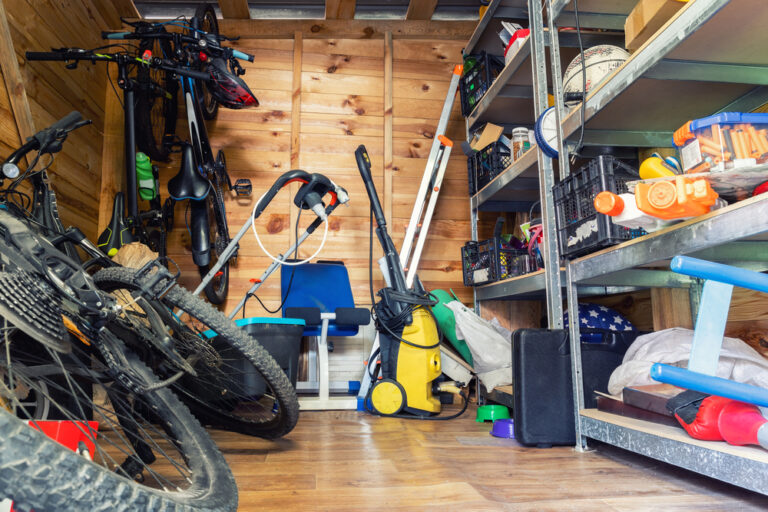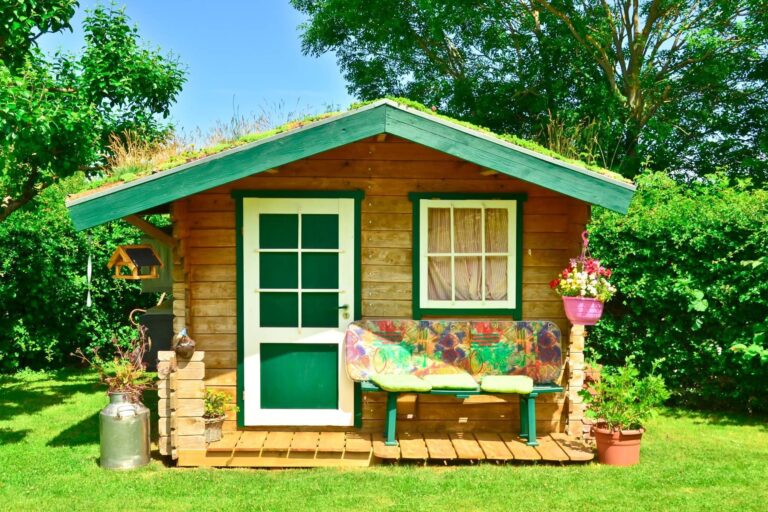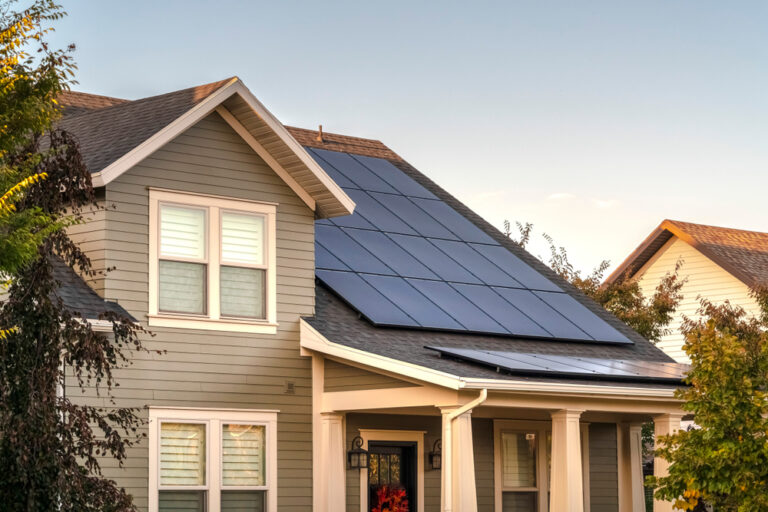Sustainable living has never been more important to homeowners and tenants in the UK.
Landlords, too, are turning to sustainability to reduce the carbon footprints of their rental properties and appeal to eco-conscious renters.
With climate change one of the biggest issues on the planet, we all have a part to play in slowing down the rate of that change. But what can you do to make your home life and property more sustainable?
But what can you do to make your home life and property more sustainable?
Eco-friendly ideas for home
1. Lighting
Use LED lighting instead of traditional incandescent bulbs. LEDs last longer which reduces the need to buy and change bulbs so often.
2. Turn down your heating
The UK winters can be chilly, but by turning down your heating by one or two degrees, you can make a huge difference to your carbon footprint.
And a jumper or extra pair of socks can easily absorb any chill you might feel.
3. Make use of natural light
It can be tempting to turn on the lights in the winter months when daylight hours are dramatically reduced.
But by getting those curtains and blinds fully open, you can bathe your property in natural light and keep your lights off until it’s actually dark.
4. Switch off lights
Staying on the theme of lighting, switching off lights when you leave a room can make a big difference to your home’s carbon footprint.
Think about the number of times you leave your living room in the evening to use the toilet or top up your wine glass when the lights could be off…
5. The power of solar
While installing solar panels at your property is a fairly hefty initial expense, if you’re planning on staying in your home for the long-term, you can more than recoup what you spend.
It’s estimated that the average UK house would require a 4kW solar panelling system, which could cost between £4,000 and £8,000 to install.
6. Improve your glazing and insulation
Again, this comes at a cost.
But it’s one you can easily recoup over time with savings on energy bills.
Consider installing double glazing if you don’t have it and look at the potential of cavity wall insulation.
7. Stop junk mail
Thankfully, junk mail and leafleting is starting to become a thing of the past thanks to the rise of digital communications.
But most people still find a few letters and leaflets creeping through their letterboxes.
Give the senders a call or send them an email and ask to be taken off their direct mail marketing lists to help limit paper waste.
8. Stop using a tumble dryer
Tumble dryers, even with the advances in electrical efficiency, still use a huge amount of power.
Consider using a clothes horse to dry your garments rather than putting them in the drier and in the warmer months, use the good old-fashioned heat of the sun on a washing or rotary line.
9. Hand wash your clothes
Everyone loves an empty linen basket, but if you only have a handful of items waiting to be cleaned, consider hand washing them rather than not using the full load capability of your washing machine.
10. Grow your own
Even if you live in a flat or apartment, it’s possible for you to grow your own herbs, fruit and vegetables.
You might not have an allotment plot available, but even just a few pots or a small herb garden can make a big difference to what you buy in the shops.
11. Turn everything off at night
If you’re sleeping, you don’t need your WiFi box switched on, or your TV on standby.
Turning off your devices at night can help you save a huge amount of energy over the course of a few months or a year.
12. Eliminate plastic bags
The 5p tax on plastic bags in supermarkets has gone some way to reducing plastic waste in the UK.
But much more can be done.
Purchase some canvas or hessian bags that you keep solely to take when you do your food shop and you’ll never need to pick up a plastic bag ever again.
13. Don’t buy fruit and veg in packaging
Almost all supermarkets offer the choice of fruit and veg in packaging or loose.
Yet, many people still opt for the packaged option.
Try to buy things like fruit and veg loose – you could even take along some paper bags to put the produce in rather than opting for the plastic covered option.
14. Make use of waste fruit and veg
Rather than throwing the off-cuts of fruit and veg into the bin (or waste caddy), try juicing them.
Not only does it use up perfectly edible food, juicing is also a great way to get great nutrients into your body with cooking.
15. Limit hot water use
You’d be forgiven for thinking that hand washing dishes and cutlery uses less water than a dishwasher.
But most modern dishwashers are super-efficient when it comes to water use, even if they do use electricity on top.
Your sustainability questions answered
What features does an eco-friendly house have?
Features you’d expect to see in an eco-friendly house include:
- Solar panels
- Efficient ‘Energy Star’ appliances
- High efficiency, dual pane windows
- LED lighting
- Smart technology
- A rainwater harvesting system
How much does it cost to build an eco-friendly home?
Eco-friendly homes, like standard properties, cost as much as the owner wishes to spend.
A recent project on Shetland saw Michael and Dot Rea build a super-efficient eco house on the island, which cost £325,000 to construct.
However, because of Shetland’s location, it’s estimated that the property would have cost less than £200,000 to build in mainland Scotland.
What can I do to be more sustainable?
You don’t have to build an eco-house to do your bit for sustainability.
There are a whole host of small steps you can take that, together, make a big difference.
Try to:
- Drive less, walk more
- Reduce your household’s energy use
- Eat and shop locally
- Stop using disposables
- Grow your own food
- Recycle everything that is recyclable
- Stop buying bottled water
- Buy Fairtrade produce

